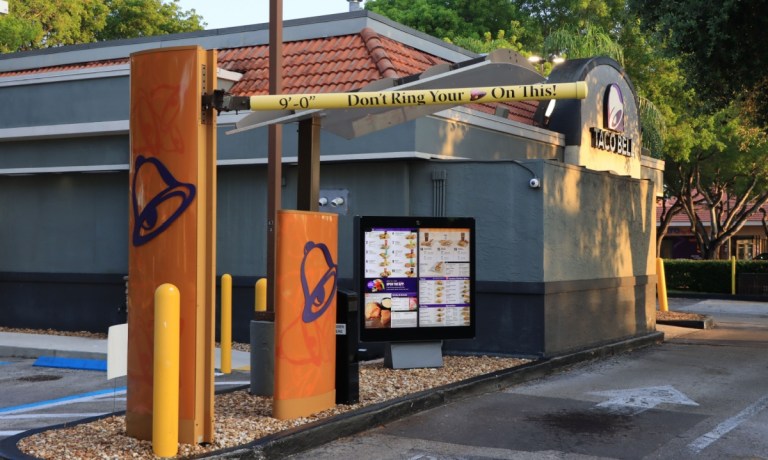
That robot voice taking your Taco Bell order isn’t just an experiment — it’s handled 2 million customer orders, showing how artificial intelligence (AI)-powered conversation has become serious business.
The milestone by Yum! Brands, the parent owner of the Mexican-style franchise, points to a dramatic shift in how consumers interact with businesses as major chains roll out AI ordering to boost speed and accuracy. As Taco Bell rolls out voice AI systems in over 300 quick-service locations, analysts anticipate the technology will expand to handle transactions across retail sectors, though human roles will remain essential.
“The key challenge isn’t technological capability — the AI can already handle many tasks effectively,” Nikola Mrkšić, CEO and co-founder of the AI chatbot company PolyAI, told PYMNTS. “Instead, it’s about companies building the right processes and technical infrastructure to support this transition. Many organizations still rely on human judgment for complex scenarios, and the shift requires careful consideration when codifying these decision-making processes into automated systems.”
AI-powered voice technology is making voice ordering more accessible, although the experience for some businesses has been mixed. McDonald’s recently paused its IBM-powered drive-thru AI chatbot test after two years but remains committed to voice-ordering technology. Meanwhile, Domino’s has tested AI-driven phone ordering systems, making it easier for customers to place and customize orders without human interaction.
Voice AI is reshaping retail, with 27% of consumers having used voice prompts for shopping tasks in the past year, with 42% of Generation Z and nearly one-third of high-income shoppers (those with annual incomes of $100,000 or more) engaging with voice assistants for shopping, according to PYMNTS Intelligence’s “Getting to Know You: How AI Is Shaping the Future of Shopping” report.
Yum! Brands said on a recent earnings call that its voice rollout has accelerated faster than initially planned due to enthusiastic adoption by franchise owners. Restaurant staff have embraced the system, which they’ve dubbed their “extra pair of hands.” Yum! Brands said it’s offering the technology to franchisees at rates below what competitors pay for third-party solutions.
AI voice tech will slash costs and streamline customer service, said Maxim Serebryakov, CEO of Sanas, which converts accents in real time.
“However, there will always be a human element to customer service; businesses depend on human agents for efficiency, control or just psychological comfort over customer service,” he added. “In fact, 55% of customers prefer to speak with a human agent over the phone, and there has been news about some countries looking to mandate the right to speak with a human.”
Voice AI is transforming how retail and hospitality businesses operate, according to Language I/O CEO Heather Morgan Shoemaker. She told PYMNTS these industries are ideal for automation since customer interactions follow predictable patterns while requiring highly accurate responses.
Shoemaker said that businesses implementing these AI-human systems have faced two critical challenges: maintaining ironclad data security as customers share sensitive information and developing robust multilingual capabilities to serve an increasingly global customer base.
“In addition, you must be able to support customers in their native language,” she added. “With nearly three-quarters of consumers preferring service in their native language, businesses that fail to provide multilingual voice AI risk alienating significant portions of their global customer base.”
AI voice technology needs both brains and hearts to excel at customer service. Shoeb Javed, CPO at iGrafx, a process intelligence platform, told PYMNTS that for voice AI to be effective in traditional human-centered customer service roles, it needs empathy in addition to intelligence.
“Being able to understand emotions and nuance based on tone of voice rather than just the words used is crucial,” he said. “There are emerging technologies that make this possible, for example, Mirro.ai. There are customer service roles in the financial/brokerage industry that would be hard to replace due to regulatory requirements.”